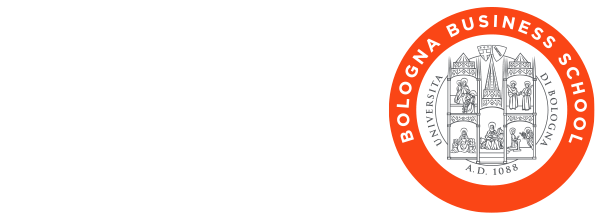SUSTAINABILITY MEASUREMENT AND MANAGEMENT LABORATORY (SUMM LAB)
REPORT 2: SUSTAINABLE PACKAGING
Among the 69 KPIs composing the Observatory, the following five meaningful metrics represent the development and adoption of sustainable packaging in the Italian industrial context:
- Recycling, that is the implementation of recycling practices beyond regulatory requirements.
- Use of recycled raw materials in production (for the development of new products, new packaging, or both), that is the use of secondary raw materials as input for the production.
- Use of biodegradable material in the packaging (no plastic and derivatives).
- Recovery and reuse of the packaging.
- Actions for the next five years towards sustainable packaging.
The first two practices are more general, in the sense that they are not strictly related to packaging, but they actually imply an effort in that sense, as packaging material represents a share of 25-28% of the total municipal solid waste in Italy2 (source: CONAI). In detail, the analyses suggest that 24% of the 3,928 companies in the sample have already implemented precise actions on recycling, beyond what is required by regulation (D.lgs. 116/2020, modifying D. lgs. 152/06 and incorporating two EU Directives from the Circular Economy Package). This data could be further detailed to understand, for instance, what recycling means for these companies, or if recycling is adopted only in the production phase or even on the whole organization structure and its supply chain. On the other hand, the number of companies that use secondary raw materials as input for the production process is quite marginal, representing 7% of the total sample. Additionally, findings show that only 4% of Italian companies declares the use of biodegradable material for their packaging, and 6% have already implemented packaging reuse and recycling policies (not only on plastic materials, but also on paper and cardboard, aluminium, and steel). Finally, 5% of companies are planning specific actions on this issue over the next five years.
Download the full Report 2 below

